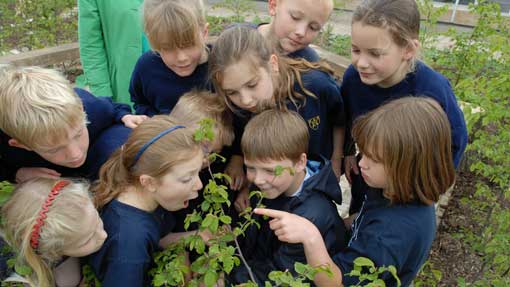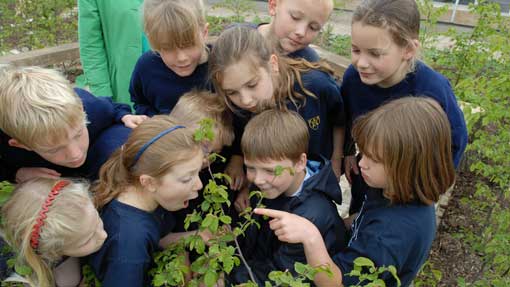
Growing the right learning environment – The benefits of plants in schools
-
08 May 2013
At Urban Planters we never miss an opportunity to sing the praises of the plant. Ask us and we can reel off a long list of health benefits to having plants around you indoors: increased productivity and creativity, better health, greater happiness… we could happily go on.
Co2 levels in particular are something we in interior landscaping can easily tackle with the introduction of the right plants. High levels of Co2 can cause people to become tired and struggle to concentrate – not desirable in a workforce or in visitors to commercial or leisure enterprises, especially in many modern, climate-controlled buildings, where windows can’t be opened to allow fresh air in.
But what is often overlooked is the air quality in classrooms. Schools are often poorly ventilated, and pupils spend a large proportion of their day in classrooms with windows shut and, by the afternoon, Co2 can build up to levels, which are well above the recommended limit.
The Agricultural University of Norway conducted a study into the effect of plants in classrooms and found that by introducing a good number of specimens, there was a significant effect on pupils’ health. Within just a few months, there were:
47% fewer headaches
a 37% drop in sore throats
fewer cold symptoms
In addition, 69% of pupils said they felt better generally. Other studies in schools found that pupils were better able to concentrate, had better blood pressure levels when performing tasks, were more creative and were generally calmer when in the vicinity of plants.
Then there is the huge learning potential of involving pupils in the care of plants in schools, something the RHS has been promoting in their Campaign for School Gardening. This campaign aims to encourage schools to develop and actively use a school garden, and recently reached an important breakthrough when the government announced this February that gardening will be taught in schools from September 2014.
Allowing our children to connect regularly with nature in a learning environment is invaluable, and we believe that nurturing indoor plants offers many of the same benefits to learning and understanding of nature as outdoor gardening.
We hope that plants will become an increasing presence in the classroom, helping children to learn a new skill by teaching them how to care for them and maybe even sowing the seeds of an interest in horticulture as a pastime if not a career one day. And these plants at the same time will give them fresher air and nurture a better learning environment.
To see some of our recent schemes in educational establishments, see our news item ‘Greener Education’.
It should be noted that some plants can contain poisonous properties and specimens intended for use in classrooms should be selected carefully to ensure they are safe.
Sources:
http://apps.rhs.org.uk/schoolgardening/teachershome/default.aspa
Building with Green and Light: Sustainable innovations for living and working environments in practice (Published by KiPlant Concept BV)
